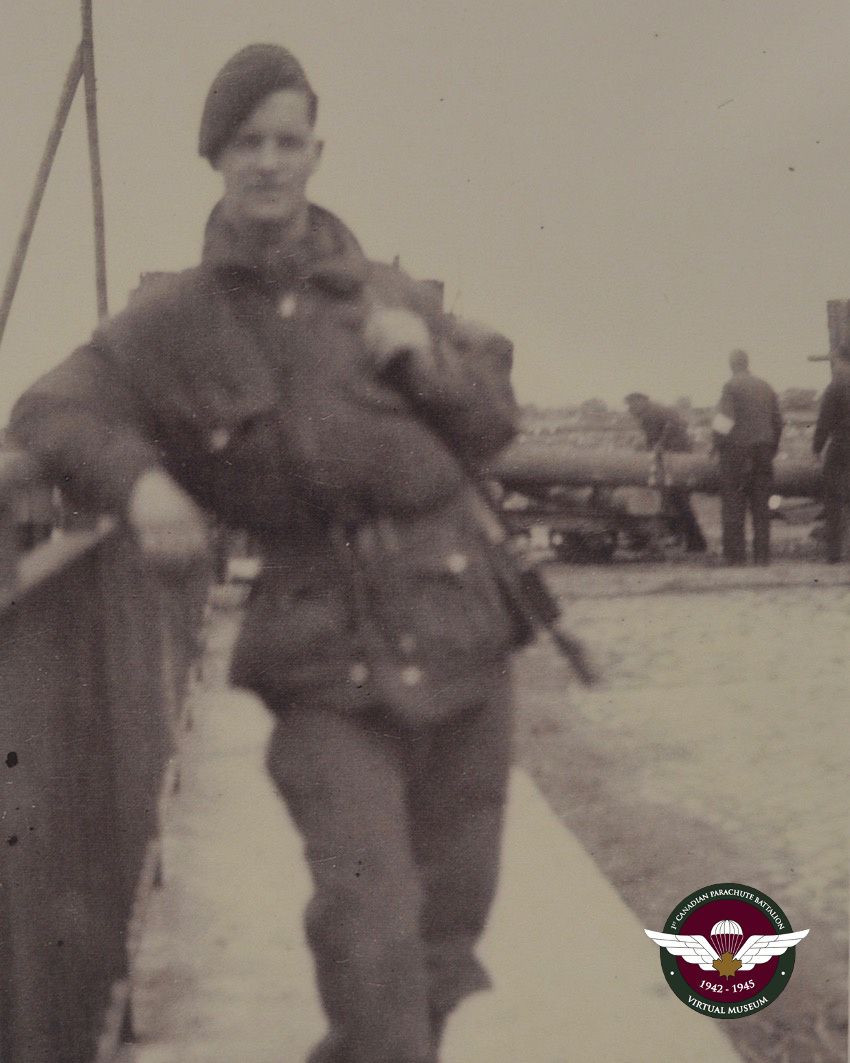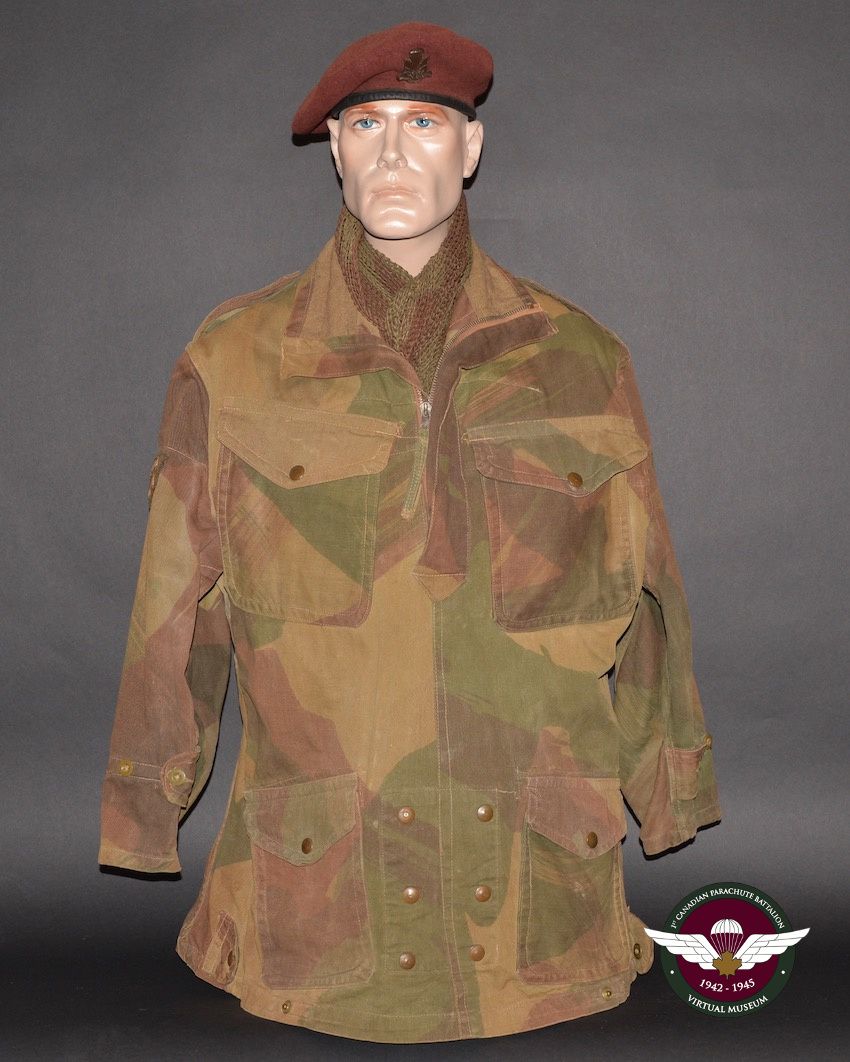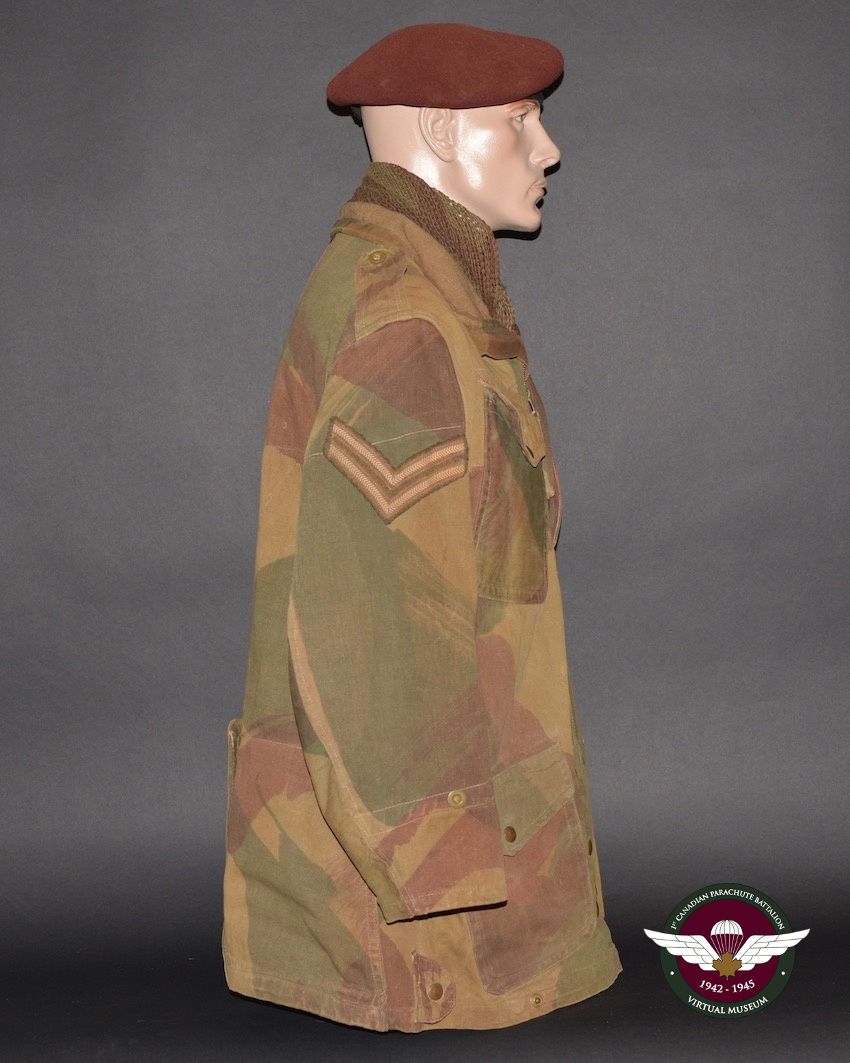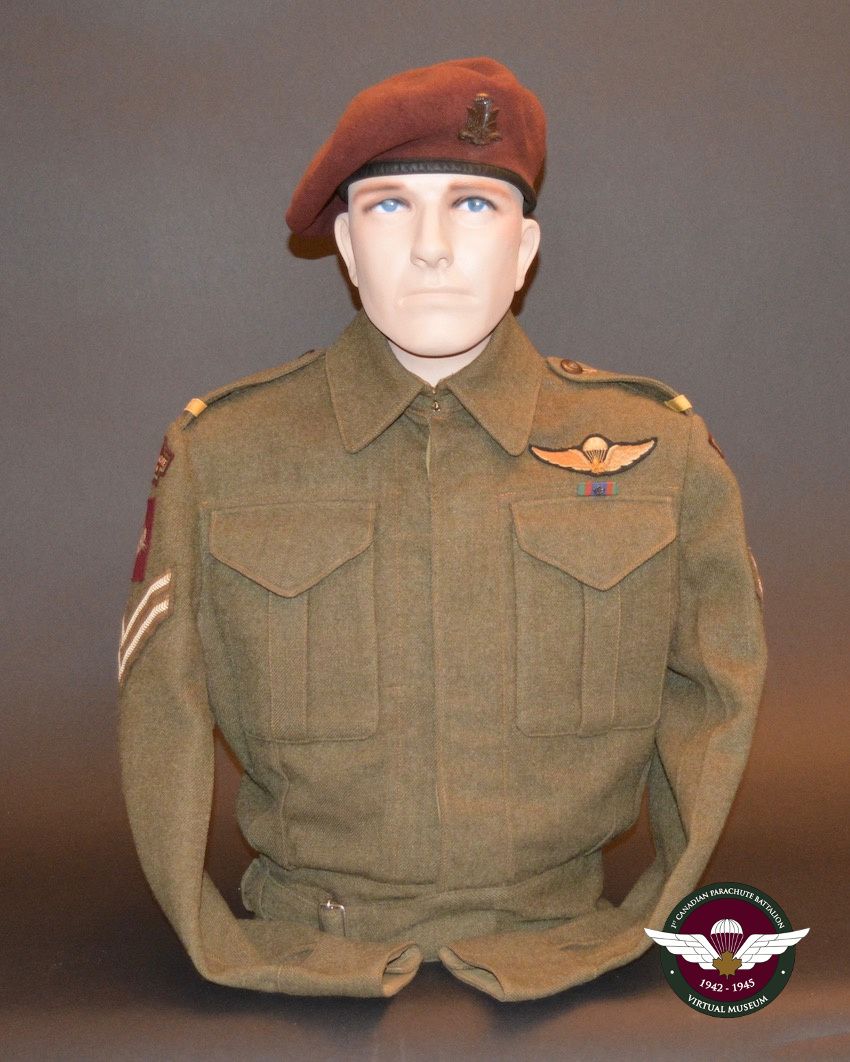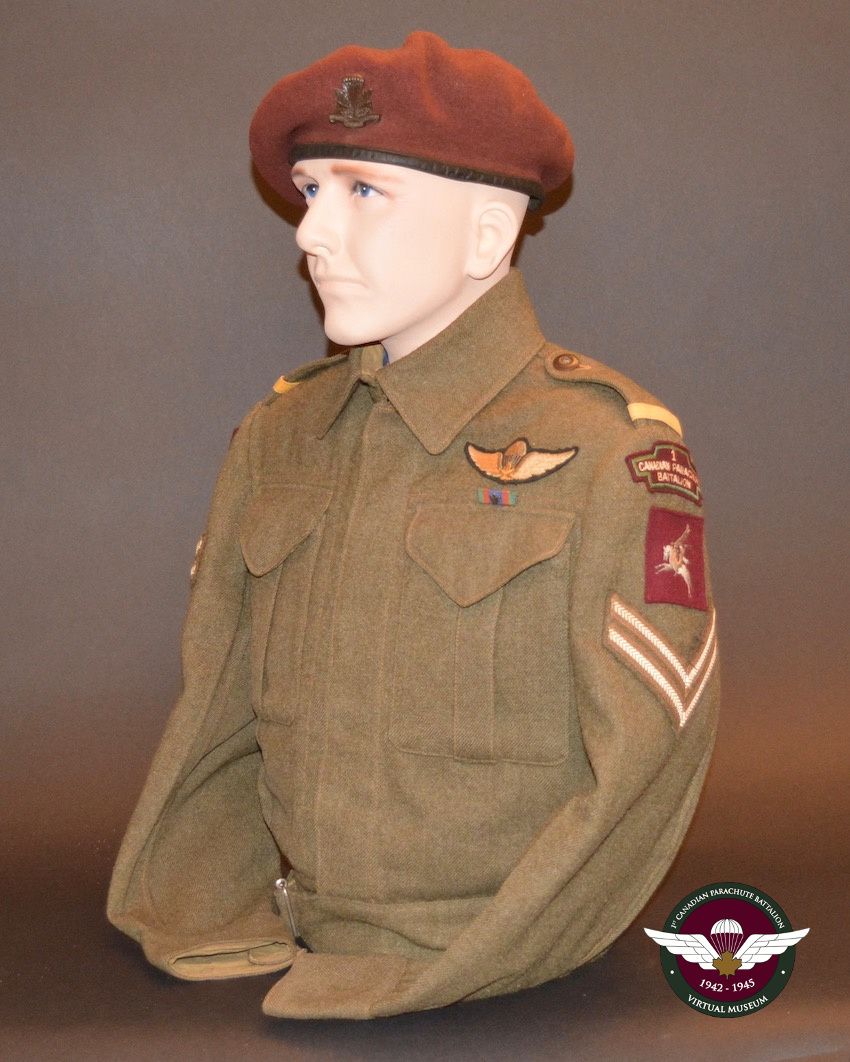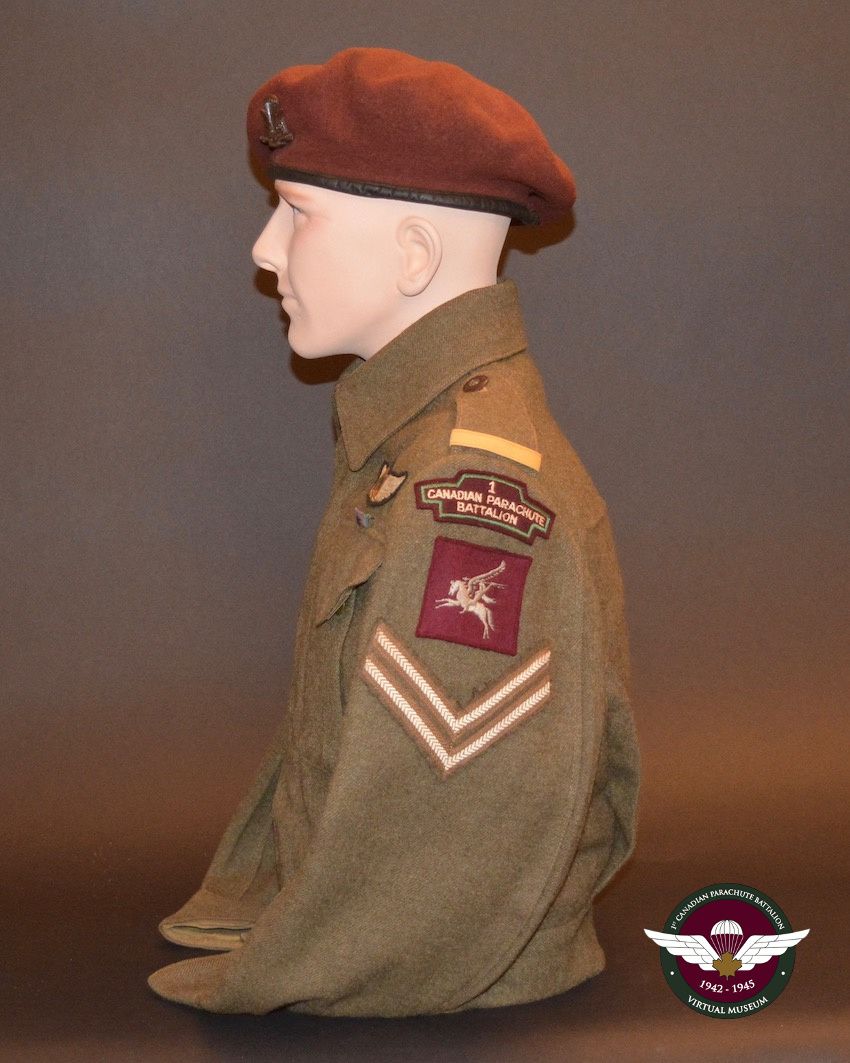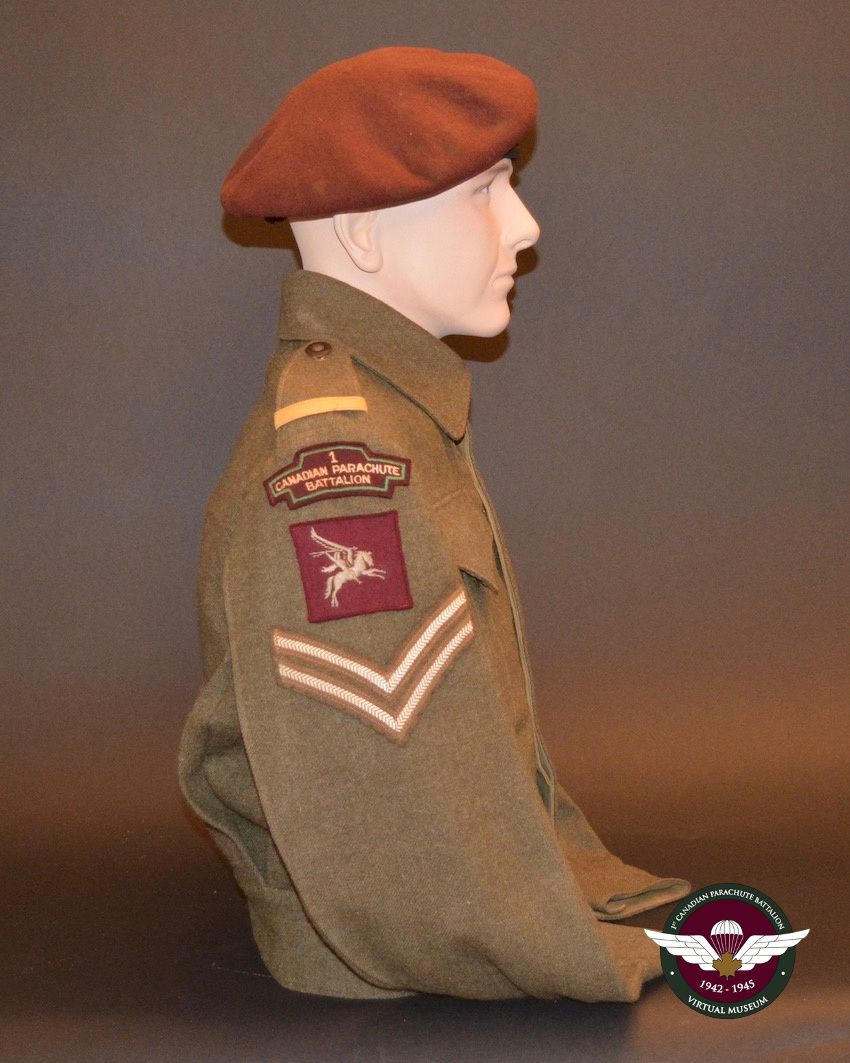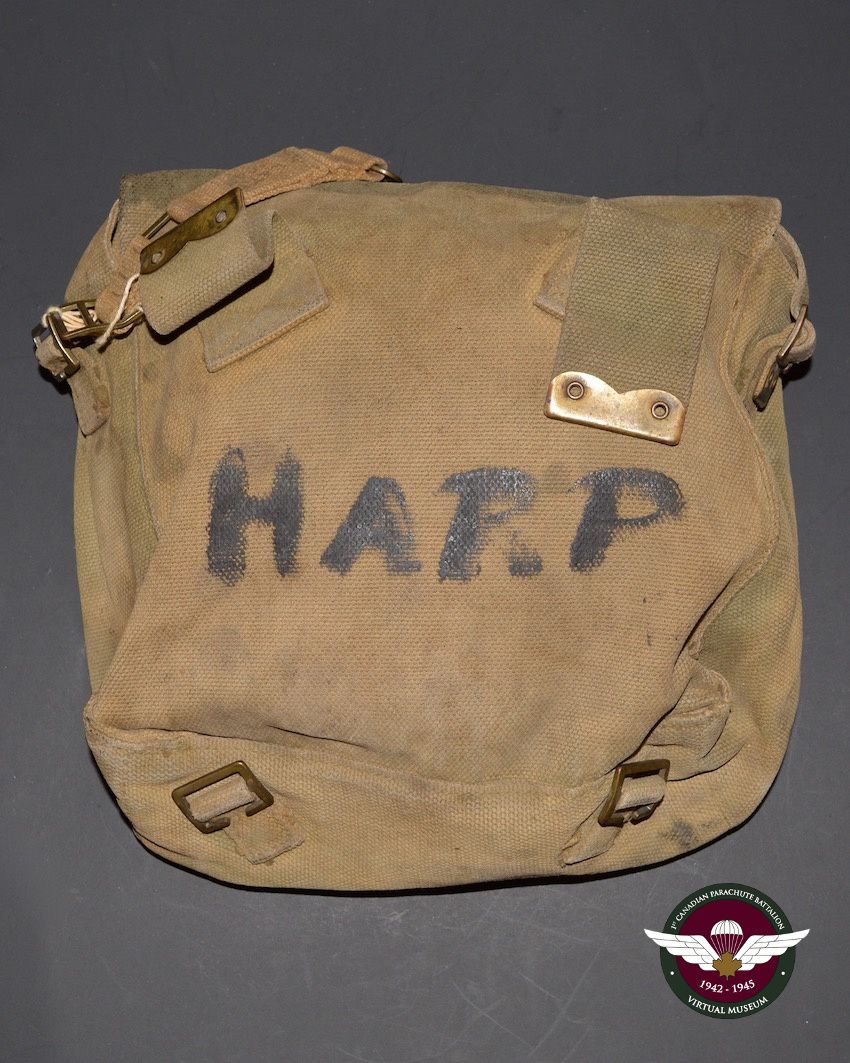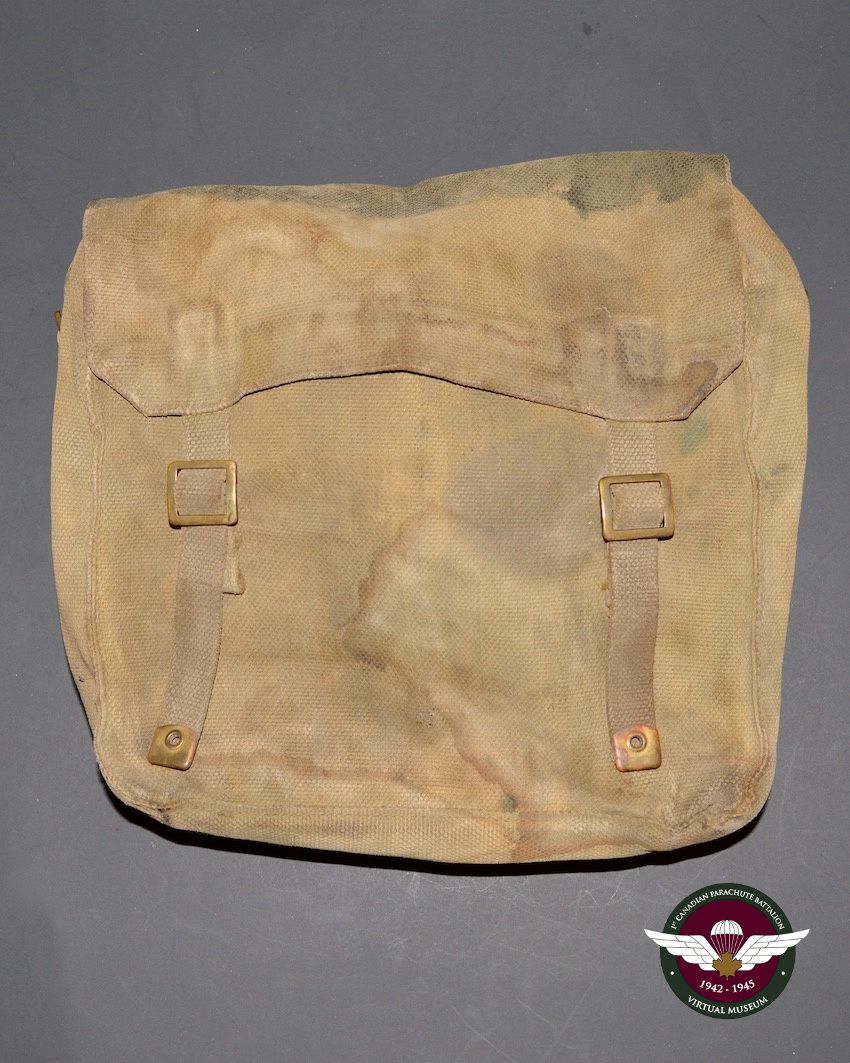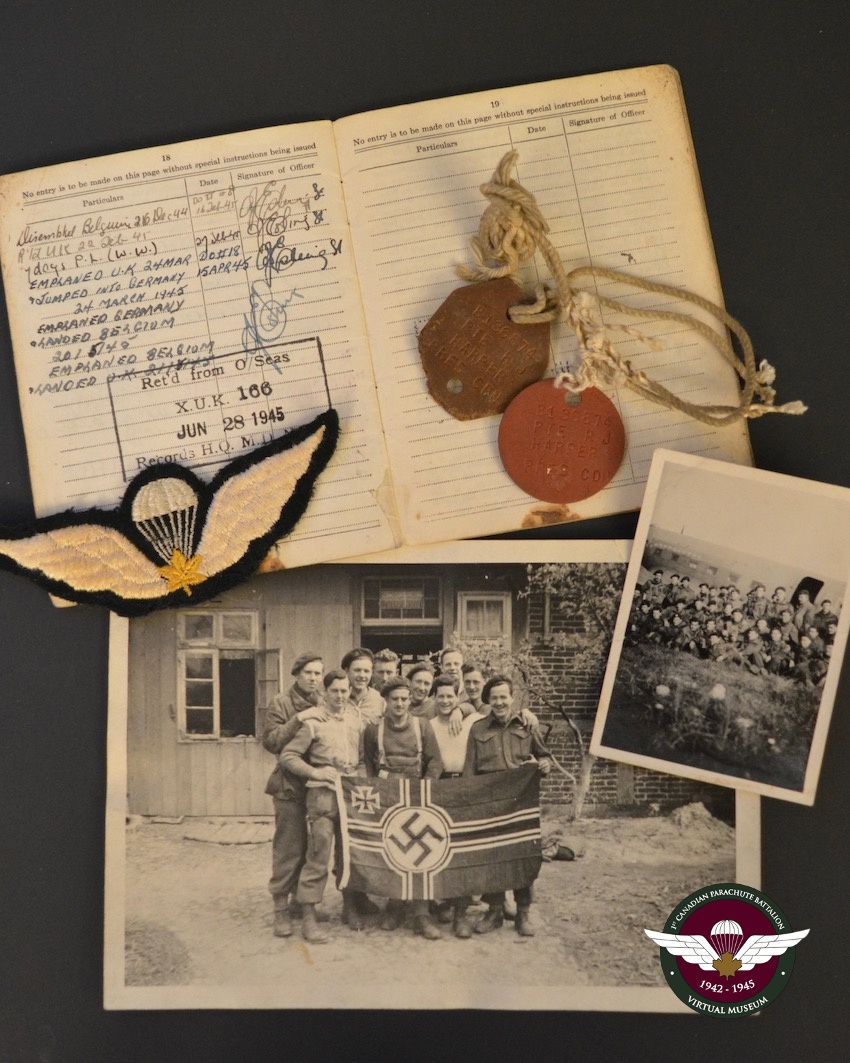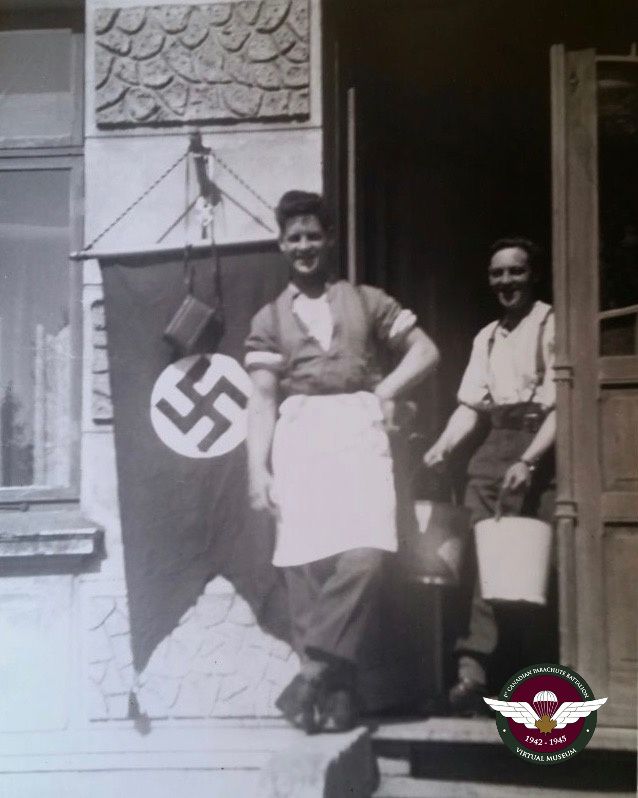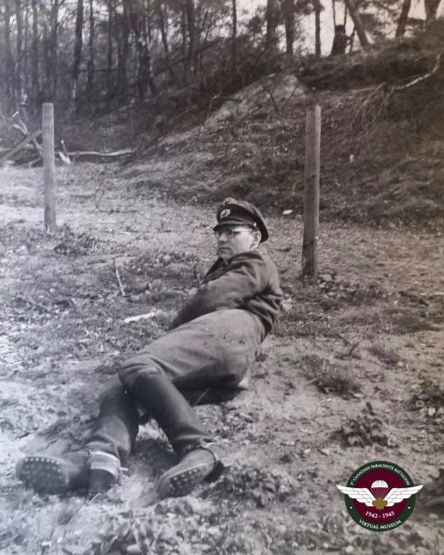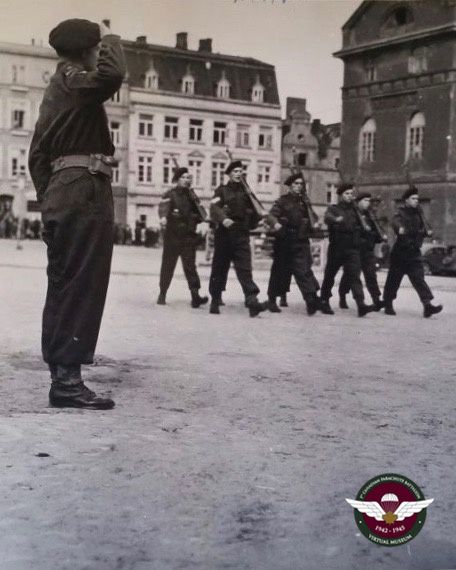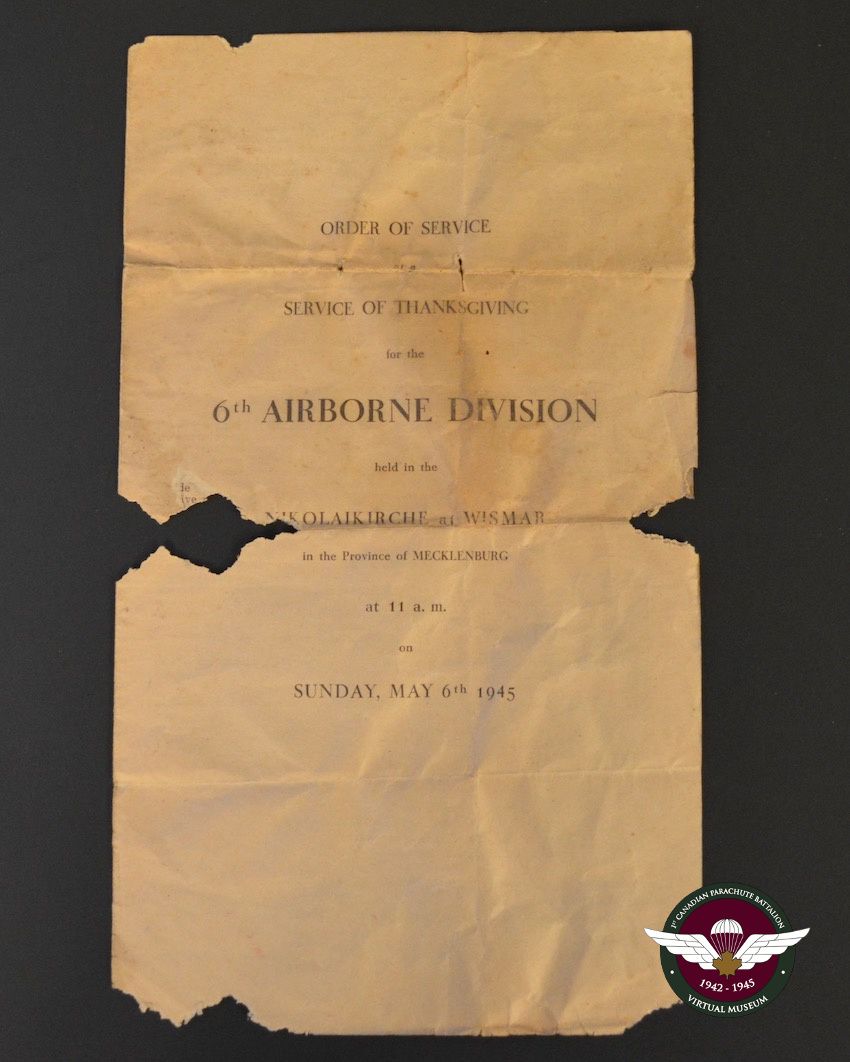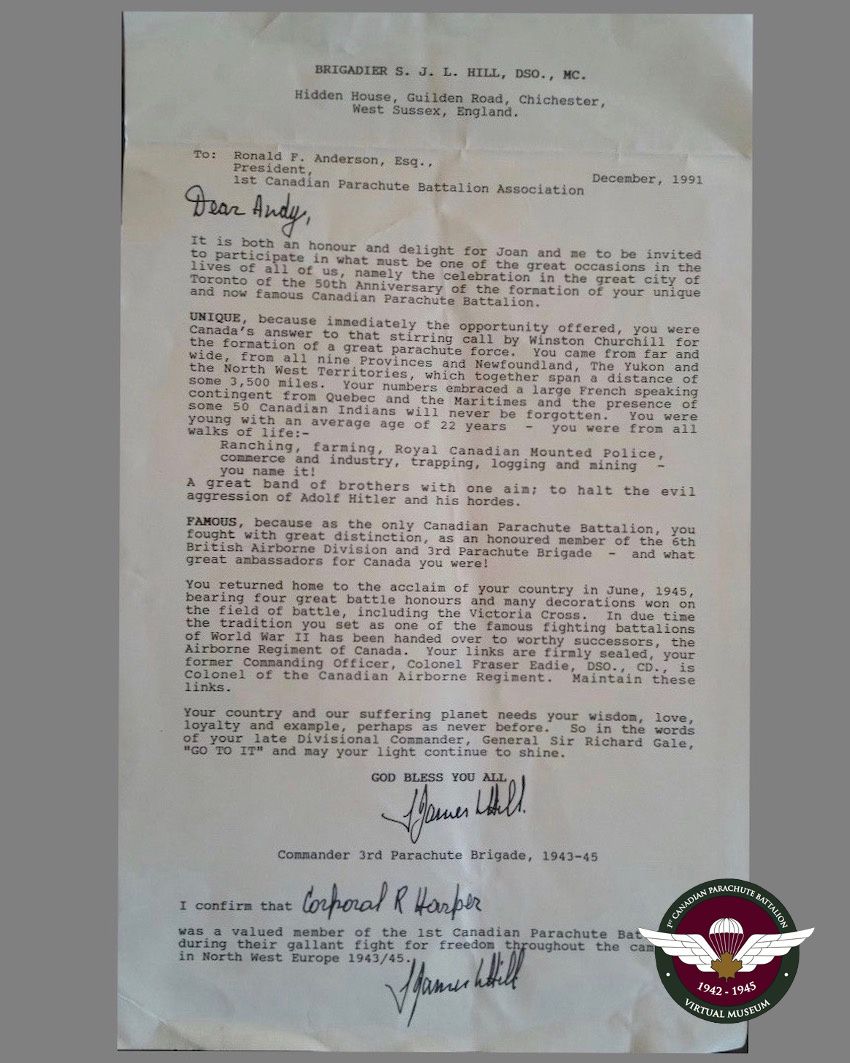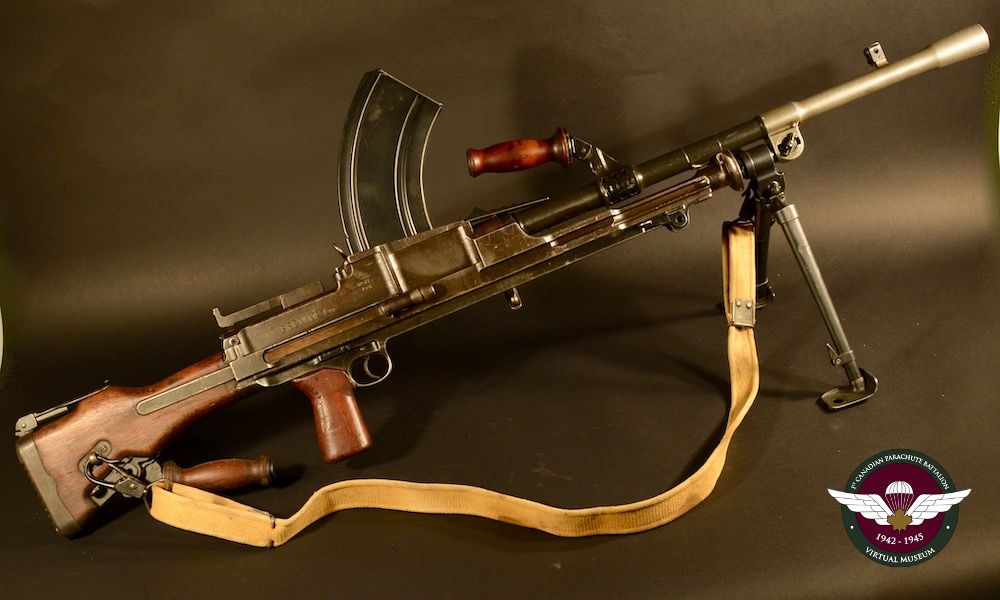Corporal Roulston Harper
Cpl. Roulston Harper was born on October 16, 1924 in Toronto Ontario. He was the youngest of three children, having a brother William and sister Maureen. Harper’s parents immigrated to Canada from Ireland in search of greater opportunities for their family, his mother Mary from Belfast and his father Charles from Dunagal, Ireland. Harper’s father joined the police force and made a career for himself over the next 30 years.
During his formative years, Harper attended Wilkinson Public School and later transitioned to Riverdale Collegiate, graduating with junior matriculation on June 12, 1941. During his teen years, Harper was quite active and participated in several sport such as baseball, curling, skiing, basketball, cycling, golf and boxing at the local YMCA. On Friday, June 13, 1941 the day after graduating high school, Harper began working his first fulltime job with Western Insurance Company in the automobile department. Harper was pleased to be earning $10.00 per week.
World War II was in full momentum and in 1942 at the age of 18, Harper joined the Irish Regiment Reserve Battalion and became a bagpiper. He was assigned to play at the Toronto Exhibition grounds at the Horse Palace. He was there for only 3 months when a request came in for a piper required in Debert, Nova Scotia. Harper volunteered and upon his arrival in January 1943, he was surprised to learn the posting was to the Dental Corp. His time spent there was short and Harper was again transferred to the pipe band in Simcoe, Ontario where he played in several Highland Games competitions and Victory Bond rallies. Having played there for a few months, Harper didn’t feel he was contributing to the war effort as he should, so he requested a transfer to the Infantry. In 1943 he was sent to Ipperwash, Ontario to receive advanced Infantry training.
While stationed in Ipperwash, Harper there was a recruitment drive for the parachute battalion. Harper, along with 40 other soldiers volunteered for the paratroopers. Of the 41 soldiers who went through physical selection and aptitude testing, only 2 were accepted, Harper and a fellow named Cavers were the fortunate candidates chosen. In January of 1944, Harper was sent to Shilo Manitoba to continue training for the next 3 weeks, he proudly graduated from his parachute course on March 4, 1944. Harper then received an additional 3 months of paratrooper training at Shilo before heading to England. In June of 1944, Harper and other members received order to head to England to join the main body of the 1st Canadian Parachute Battalion who were stationed in Bulford, England. They were the reinforcements due to the loss on casualties during the D-day invasion. He embarked on the train from Shilo to Halifax to board the ship to England. It took 10 days to cross the ocean, he finally arrived in England and boarded another train, eventually arriving at Bulford. Now settled at Bulford, training began in order to adopt the British system of no reserve parachutes during paratrooper exercises. His final qualifying parachute descent was out of a balloon at 1900 feet at night. Harper recalls this being an eerie experience because it was so quiet and it took longer for the parachute to engage.
Harper was a Bren Gunner in 6th Platoon, B Coy and initially went to Normandy by ship in August 1944 to join the battalion at Caen. He was part of the reinforcements sent to replace the casualties lost during the D-day invasion. Harper recalls that upon arrival at Juno Beach, there were many sunken ships near the shore and sight of many dead German soldiers still lay where they died during the action. His time spent in Caen was fairly quiet, so on September 17, 1944, they returned to England and went on leave. Upon returning to Bulford there was a perception that the battalion was out of shape. Lieutenant Colonel Nicklin wanted the troops put through rigorous training which consisted of 10 mile runs in 90 minutes, 25 miles ruck marches in 6 hours and 50 mile marches in 24 hours. Harper recalls the troops were not overly excited with this intense training.
In December 1944, they were sent into the Ardennes, Belgium by ship to assist the Americans with the Battle of the Bulge. The first town they captured was called Marche and while there conducting building searches, Harper found the bodies of 40 American soldiers who had been celebrating Christmas dinner when they were ambushed and killed by the German’s who reentered the town. Another town secured by the battalion was called Bande. After the Battalion captured Bande, the citizens wanted to show the Battalion something that took place shortly before their arrival. Battalion members were taken to a local school and there on the floor in one of the classrooms were the bodies of 39 children. Evidently, one of the villagers shot a German soldier and the killing of the children was the consequence of that incident. Harper recalls that a few weeks later the Battalion captured the German SS officer responsible for the massacre of the children in Bande and instead of taking him prisoner, instant justice served instead.
While still in the town of Bande, Captain Sam McGowan, Private Russel and Corporal Harper were selected to conduct daylight patrols. During a bright sunlight day, they walked down a path to a bend in the road and came upon German machine gun position. Thankfully the German’s were not at the gun and both parties surprised by the encounter, the patrol quickly ran back in the direction they came from and hid in the snow. They stayed still and could see the Germans were looking for them, however left and began mortar bombing the area. According to Harper, “Captain McGowan saved their skin that day” as every time there was a lull in the mortar attack, McGowan would get the patrol to quickly move to the last targeted position. McGowan explained that the lull in the fire was the mortar team adjusting their fire to a new target area. They kept moving from position to position during breaks in the fire eventually escaping the area. From the Battle of the Bulge in late January, the battalion travelled to Holland and took up defensive positions on the Moss River to prevent the Germans from re-entering Holland. Their tasks were complete, they travelled back to Bulford UK to prepare for Operation Varsity.
Harper recalls that on the 24th of March 1945 they got up at 02:00 am for breakfast to get ready for flights to Germany. 1000 planes and 10,000 paratroopers were prepared for the Operation. The plane Harper was travelling in was crossing the Rhine river approaching the drop zone when they were given the signal to jump. As nearly half the men got out of the aircraft, the plane was hit by antiaircraft fire and caught fire. Roly was position 21 in the plane (Douglas Dakota) as they scrambled to get out, he was the last one out alive. While under parachute canopy, he looked to see if the crew was able to escape, however their parachutes didn’t deploy in time as the plane lost altitude too quickly. All the flight crew were killed that day. Harper recalls landing in an open field under heavy machinegun fire. While running to the rendezvous point he came across Private Schaubel, the Battalion wireless radio operator who told Harper he wasn’t going to run with all his kit. The radio he carried weighed 40 pounds on top of trying to transport other equipment. Harper continued to the rendezvous point. He later learned that Private Schaubel never made it off the drop zone and was killed that day.
By the afternoon, all objectives were achieved and the battalion captured a number of the Germans. From Wessel, they began the 300-mile journey to Wismar on the Baltic sea instructed to get there before the Russians. While entering the town of Celle they were prepared to be attacked, however they were cautioned by locals not to go near the centre of town as there was munitions dump expected to explode upon their expected arrival. The Battalion held back and eventually, the munitions did detonate. Harper recalls, they had gone all day without food and it was decided that Phillips, Church, Hamilton and Harper would endeavour to find food in the homes in the area. The group flipped a coin to decide which direction each two-man team would go down the road. Hamilton and Harper headed east only to come under fire from an airplane, they were able to take shelter under a freight car. Phillips and Church were in the open and were instantly killed when the plane dropped a bomb close by.
They arrived at Wismar on May 2, 1945 approximately 2 hours prior to the Russians. Sgt Warnick could speak Russian, and spoke with the Russian soldiers. Colonel Eadie spoke with the Russian Officer and gave him two options, break the agreement and lose many men or stop here and celebrate the end of the war with us. On May 8, 1945, they learned that the war in Germany was over, some members took a swim in Baltic sea to celebrate. The Russian’s celebrated in the victory with us, the festivities continued until it was time to leave. The Battalion then returned to England and back to Canada. Harper and a few other fellows were on leave and missed the first ship heading back to England, however eventually made it back to Canada. While at Camp Niagara, they were waiting for Orders to participate in the Pacific Theatre, however the war ended and the Battalion was disbanded on September 30, 1945.
Harper returned to civilian life and married in October of 1945, the union gave him two wonderful daughters, however the marriage didn’t last the test of time. Harper met his soul mate the second time around, they exchanged vows in 1967 and have remained happily married for over 50 years. Harper returned to Western Union Insurance Company and eventually purchased the company and ran the business until he retired.
Bren Light Machine gun
This is a Bren Light Machine Gun, Corporal Harper would have used one similar to this one while serving overseas. This magazine fed weapon system uses 303 calibre ammunition. It weighs 25 lbs with a firing rate of 500 rounds per minute with an effective range of 600 yards.
